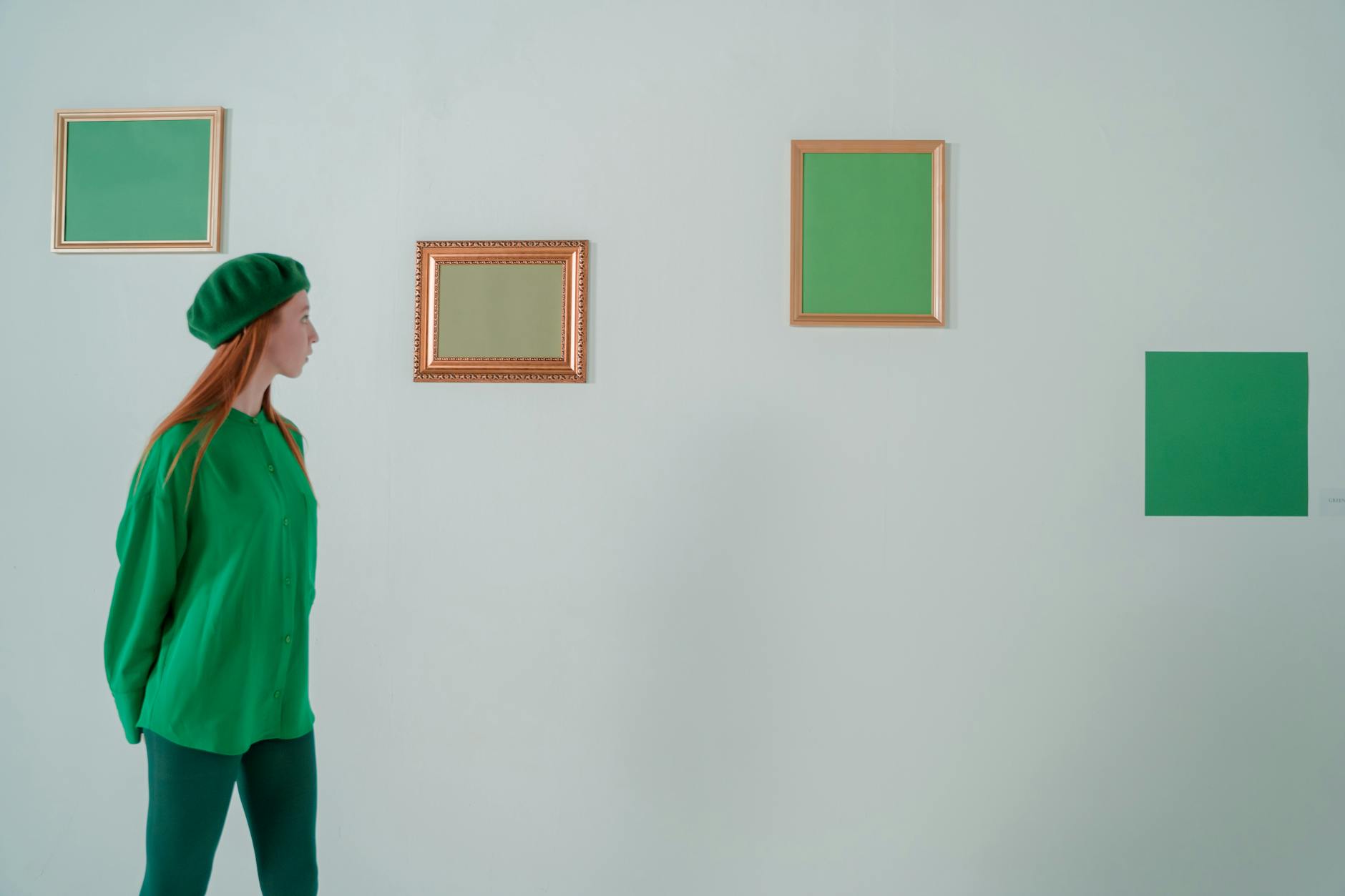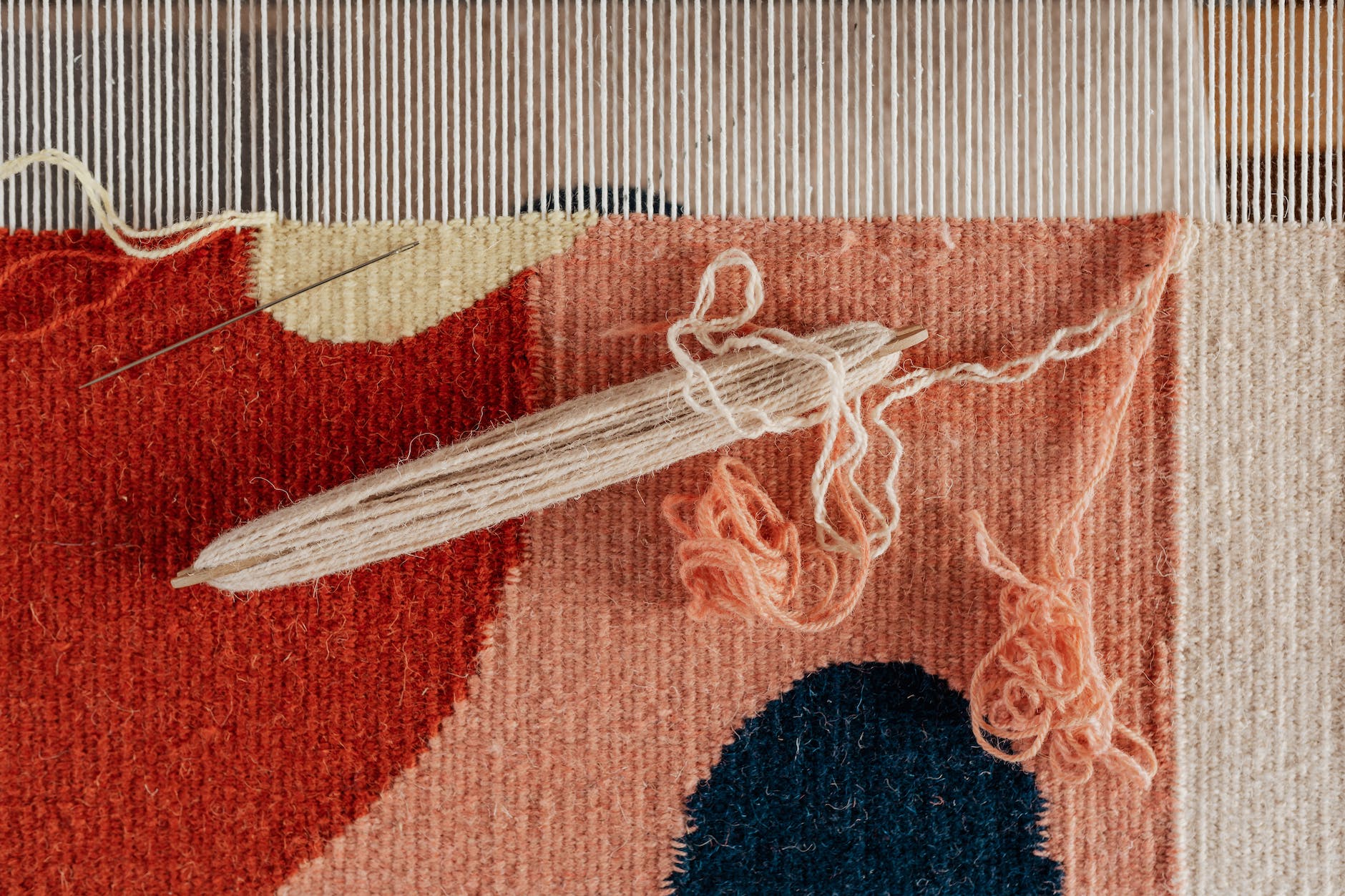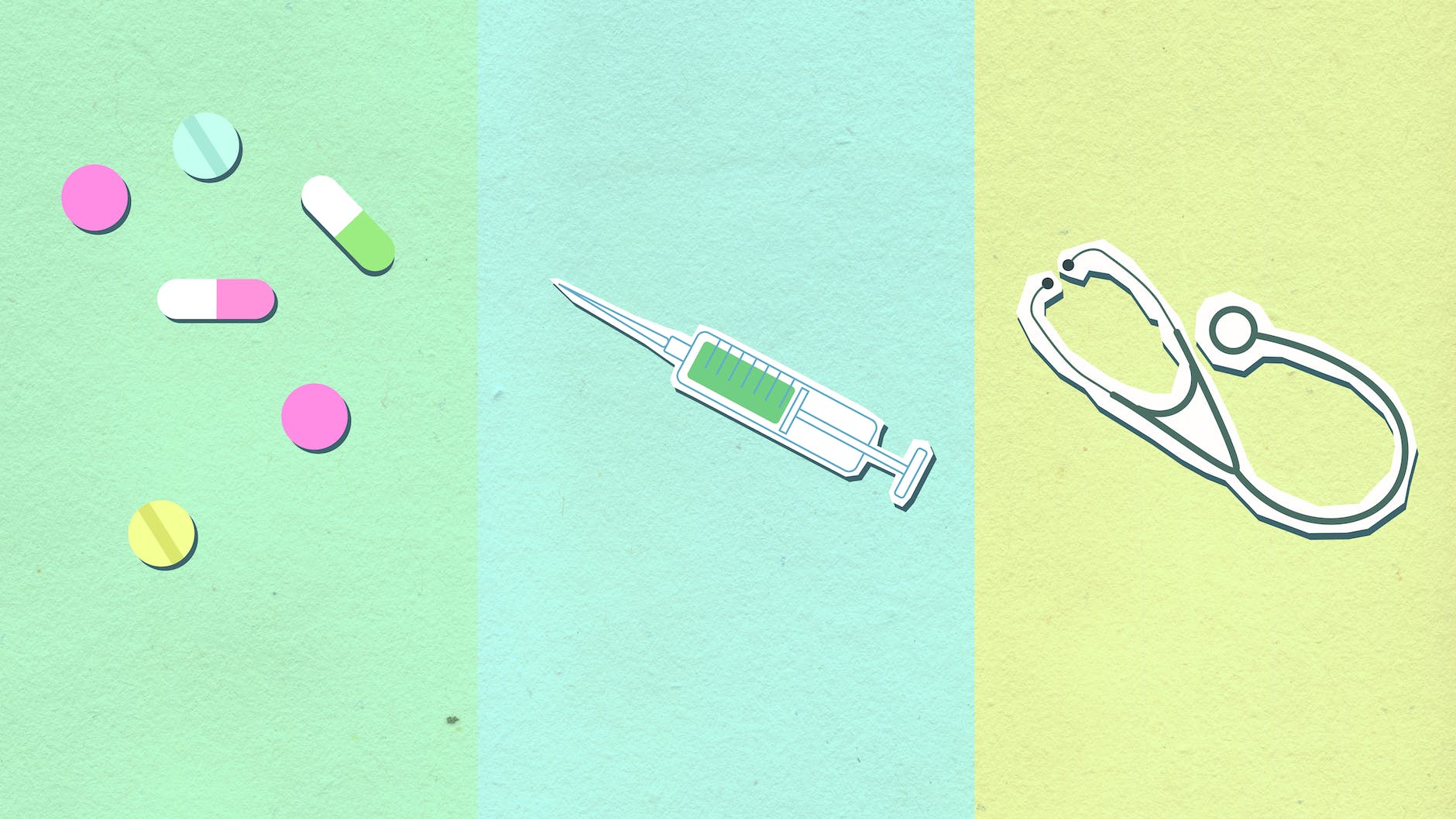In the realm of mental health, innovative modalities of therapy and healing are continually emerging to meet the demand in treating conditions like depression, anxiety, and PTSD. One such innovative method is the use of psychedelic art in therapy – a practice that not only extends the boundaries of traditional therapy but also provides an exciting approach towards emotional healing. Through psychedelic therapy, the integration of creative expression with mind-altering substances like psilocybin and MDMA facilitates profound therapeutic effects.
Psychedelic therapy is a technique wherein trained mental health professionals administer mood-enhancing substances to patients in a controlled environment. The substances used, such as psilocybin (a compound found in certain types of mushrooms) and MDMA (commonly known by its street name, Ecstasy), have been shown to have significant benefits for mental health ailments. Studies have pointed out to the efficacy of both psilocybin and MDMA in treating PTSD and depression, respectively, reducing symptoms and encouraging emotional breakthroughs.
In psychedelic art therapy, participants create art while under the influence of these substances, channeling their psychedelic experiences into visual form. This diverges from existing therapeutic practices that utilize art, introducing an intensified, emotionally charged dimension to the process while encouraging the exploration of the subconscious mind.
Psychedelic art encapsulates various striking elements such as vivid colors, repeat patterns, morphing shapes, and other mystical, surrealistic aesthetics. It mirrors the altered state of consciousness induced by the psychedelics and serves as a tangible transcript of the participants’ experience. This practice allows participants to graphically visualize their mental and emotional state, offering an extraordinary depth into their psyche that words alone cannot capture.
This type of therapy also creates a safe environment for individuals to confront emotions that are difficult, uncertain, or painful, using the process of creation as a method of emotional healing. The art produced serves as a physical manifestation of their psychedelic experience – a visual narrative that can assist in processing complex feelings, thoughts, or traumas.
Ongoing research suggests that such psychedelic experiences can result in increased feelings of openness, a heightened sense of self-awareness, and improved mental health. A study even found that individuals who underwent psychedelic therapy portrayed significant decreases in symptoms of anxiety and depression, affirming the potential benefits of this practice.
While this field of research is still in its infancy, the combination of proven mental health benefits of these substances with the expressive power of art appears to be a promising avenue for therapy. Nevertheless, it is important to highlight that psychedelic substances should be used solely under the supervision of trained professionals to ensure mental health well-being.
The fusion of psychedelic substances with creative expression in art therapy demonstrates the transformative potential of this novel approach. With further research and proper regulation, this type of therapy can carve a new paradigm in the landscape of mental health – a paradigm that values and nurtures emotional healing, self-discovery, and personal growth.
Remember, if you or someone you know is dealing with mental health issues, reach out to a mental health professional who can provide appropriate guidance and treatment. The future of therapeutic practices may hold exciting, unconventional methods, but the importance of professional advice and care should always be a priority.








